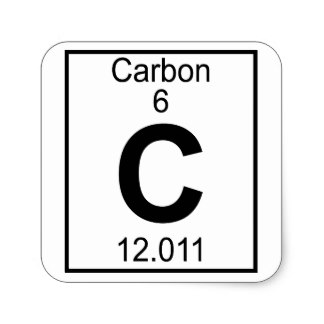Question #2b5ce
1 Answer
Explanation:
The thing to remember about an element's molar mass, which you'll find listed in the Periodic Table, is that it tells you the mass of
This is the case because the molar mass of an element represents the mass of exactly
#color(blue)(ul(color(black)("1 mole" = 6.022 * 10^(23)color(white)(.)"particles")))#
you can say that the molar mass of an element tells you the mass of
Now, the Periodic Table tells you that carbon--diamond is simply an allotrope of carbon, i.e. a form that carbon can take--has a molar mass of
This means that
This means that
#12 color(red)(cancel(color(black)("g"))) * (6.022 * 10^(23)color(white)(.)"atoms of C")/(12.011color(red)(cancel(color(black)("g")))) = color(darkgreen)(ul(color(black)(6.0 * 10^(23)color(white)(.)"atoms of C")))#
The answer is rounded to two sig figs, the number of sig figs you have for the mass of carbon.


